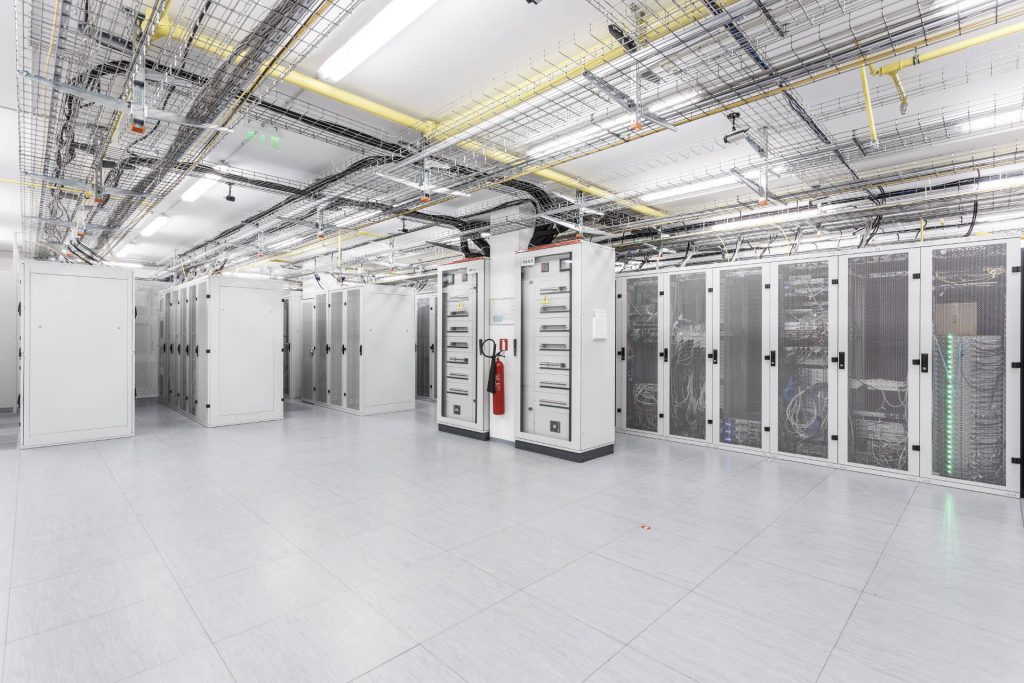… [Trackback]
[…] Here you can find 99819 more Info to that Topic: blog.neterra.cloud/en/innovative-data-center-cooling-solutions/ […]

Data centers right now are facing continuous heavy loads and by the looks of things this will continue for a while. Even when “the outbreak” is over, chances are, the heavier usage will be a norm. For one, many people have discovered the benefits of streaming and cloud services.
There’s also the continuing development of new cloud services, technologies and trends like the edge and others. So, data centers will have to get used to big loads. And with heavy use comes heat. A lot of heat. So, innovative data center cooling solutions are becoming a… hot topic for the industry. And there are interesting trends forming. Here are some of them.
Data centers can be very taxing on the environment as they can consume vast amounts of energy. Plus, the cooling solutions can also be toxic. And as data centers grow in size and numbers, care for the environment becomes an important topic.
This is why many of the new solutions focus on clean energy and clean resources. For example, using sea water or submerged solutions. Another idea is to use rainwater to cool the system. Then it gets filtered and put back into nature, clean and safe with little to no carbon emission for the whole process.
While data centers are used heavily these days, their high loads aren’t continuous. There are plenty of automated cooling systems which take this into account, but that’s not quite enough. So, artificial intelligence is making its way towards data center cooling.
AI can be faster than traditional automated cooling systems. It can also analyze more data and adapt to each situation to achieve the set goals. Meanwhile automated solutions will only follow pre-determined instructions. A well-developed AI cooling system can reduce costs and needed resources to achieve the same or even better results. It can also predict possible scenarios and peak loads and advise on taking precautions beforehand.
Both options have their advantages and disadvantages. Air-based cooling has to do with ways to move the hot air out and replace it with cold air in a quick and efficient way. There are plenty of different concepts here and they vary greatly from the data center footprint, configurations and other limitations, including location.
Liquid cooling initially used a lot of regular water. It’s cheap, simple to get and can be very effective. But it’s bad for the environment in the long run. As a result, the industry is moving on to other liquid solutions, including immersion cooling. In this case a dielectric fluid is used and the components are fully submerged in it. It’s effective, but has some very specific requirements in order to realize its potential. As a result, it’s still not very popular, but its development can change that in the future.
Edge computing will bring its own set of challenges, too. Recently Schneider Electric introduced a new rack mounted data center solution. It’s aimed at edge computing and micro data centers which don’t have a lot of space. The company claims the solution is an automatic modulation of fan and compressor speed to match rack airflow requirements to deliver 0.5kW to 3.5kW of cooling.
So, there are plenty of options out there and they are going to continue to get even more advanced. They can’t come soon enough as the consumption of various online services continues to rise fast and they all rely on data centers to provide value to their customers.
… [Trackback]
[…] Here you can find 99819 more Info to that Topic: blog.neterra.cloud/en/innovative-data-center-cooling-solutions/ […]
… [Trackback]
[…] Information on that Topic: blog.neterra.cloud/en/innovative-data-center-cooling-solutions/ […]
… [Trackback]
[…] Read More Information here on that Topic: blog.neterra.cloud/en/innovative-data-center-cooling-solutions/ […]